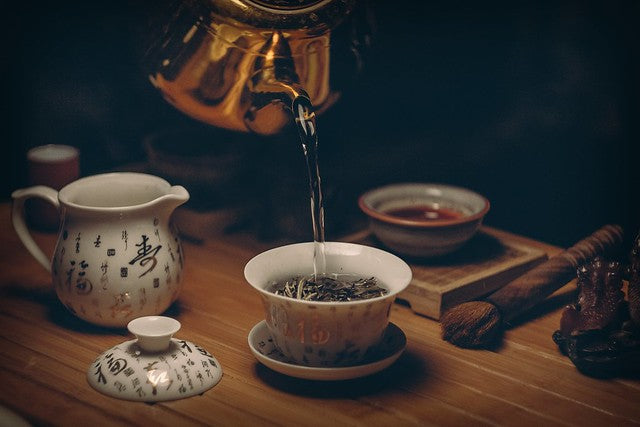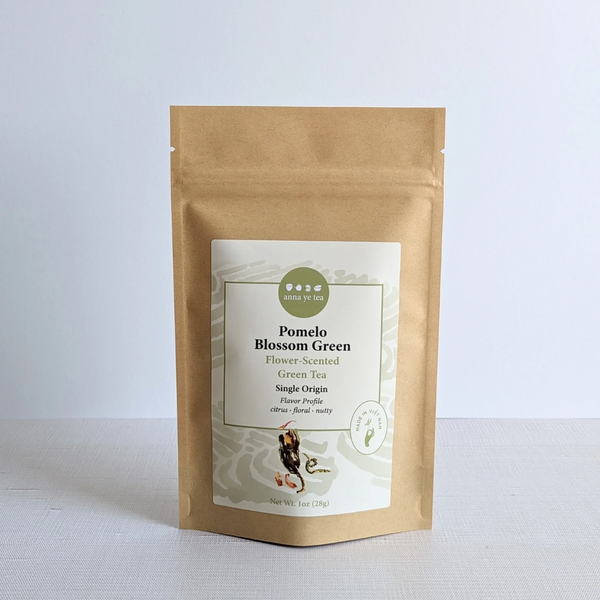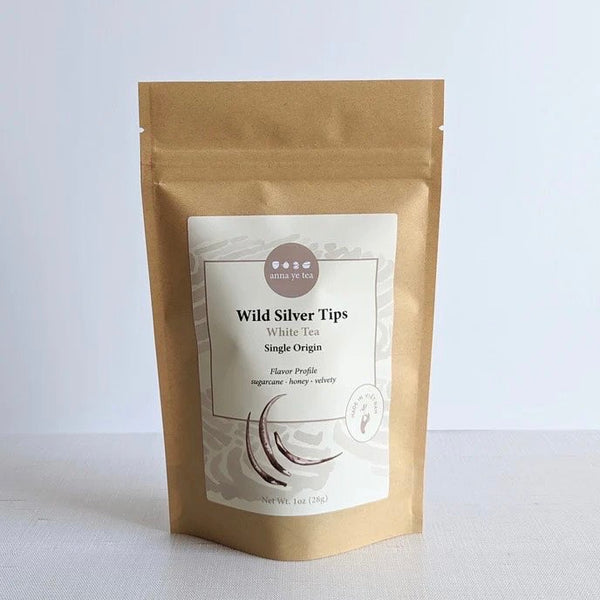
Spilling the Tea on Tea: A Primer on the World’s Most Popular Beverage
Hot drink season is here so you know what that means: time to stock up on all things tea. That got us wondering about this beloved beverage and where it comes from. Here for your sipping pleasure are some fun facts about tea.
Tea is the most consumed drink in the world
Second only to water, tea wins the popular vote in the beverage world. According to World Tea News, 25,000 cups are consumed every second worldwide, or about 2.16 billion per day, while the Pew Research Center says that worldwide “three cups of tea are drunk for every one of coffee.”
A dead leaf supposedly lead to its discovery
It’s believed that tea originated in Southwest China during the Shang dynasty (1766 to 1122 BC). Legend says it was accidentally discovered by herbalist, mythical emperor, and deity, Shennong. He was sitting down to enjoy a nice cup of boiled water when a dead leaf dropped into it, turning it brown. Throwing caution to the wind, he decided to try it, pronounced it delicious, and thus tea was born.
There are basically five types of tea
If you’re a tea lover, you might be happy to know there are five kinds you can enjoy.
White. The least processed of the bunch (it’s “simply plucked and allowed to wither dry,” says TeaClass), white tea has a subtle, delicate flavor. According to Eater, the best white tea comes from Fujian province in China but “can be produced in areas including Nepal and even Yunnan.”
Green. While more processed than white, green tea is less oxidized than others, hence holding onto the original verdant hue of the leaf. The leaves can be steamed or pan-fired. Japanese teas like sencha, genmaicha, Gyukuro, and matcha are steamed while Chinese ones like Longjing and gunpowder are pan-fired.
Oolong. Literally “black dragon” in Chinese, this semi-oxidized tea is the most complicated to make, requiring many steps of repeated rolling and oxidizing.
Black. Referred to as hong cha or red tea in Chinese, black tea is the most common and the most oxidized. According to Eater, the more crushed or broken the leaf, “the stronger the brew.”
Pu’erh. Hailing from Yunnan province in China, pu’erh tea is fermented and often rolled into cakes. Like some wines, the pu'erh tea cakes that are especially old and well-aged might “fetch tens of thousands [of dollars] at auction houses,” says Eater.
Herbal teas aren’t teas at all
Strictly speaking, teas are so called if they’re brewed from leaves, which makes beverages brewed from fruit, flowers, and roots not tea but tisanes. However, that doesn’t make them any less delicious. Plus they’re caffeine free.
The tea ceremony is big in Japan
Called chado or “the way of tea,” the Japanese tea ceremony refers to the ceremonial preparation and presentation of matcha, a finely ground powder of green tea. The ceremony goes back to the 16th century and has Zen Buddhism as a primary influence. Besides just serving tea, another purpose of the ceremony, says Japan Guide, is “for the guests to enjoy the hospitality of the host in an atmosphere distinct from the fast pace of everyday life.”
The ceremony involves specific items such a tatami on which to kneel, a bamboo whisk, spoon, and bowl, and of course the matcha powder itself.
Chinese weddings also involve a tea ceremony
The Chinese tea ceremony is primarily performed at weddings with the purpose of the happy couple paying homage to their parents by serving them tea. A special tea set is used. It might feature auspicious Chinese characters, such as double happiness, a special symbol for weddings, or best wishes. The design could also include a dragon and phoenix, a mythical pair which symbolizes a joyful union.
Feeling like a taste of tea now? Check out our collection loose teas and tea bags, cups and mugs, and tea-making implements.



